The History of Psylocke. It’s Time To Rewrite It, Isn’t It?
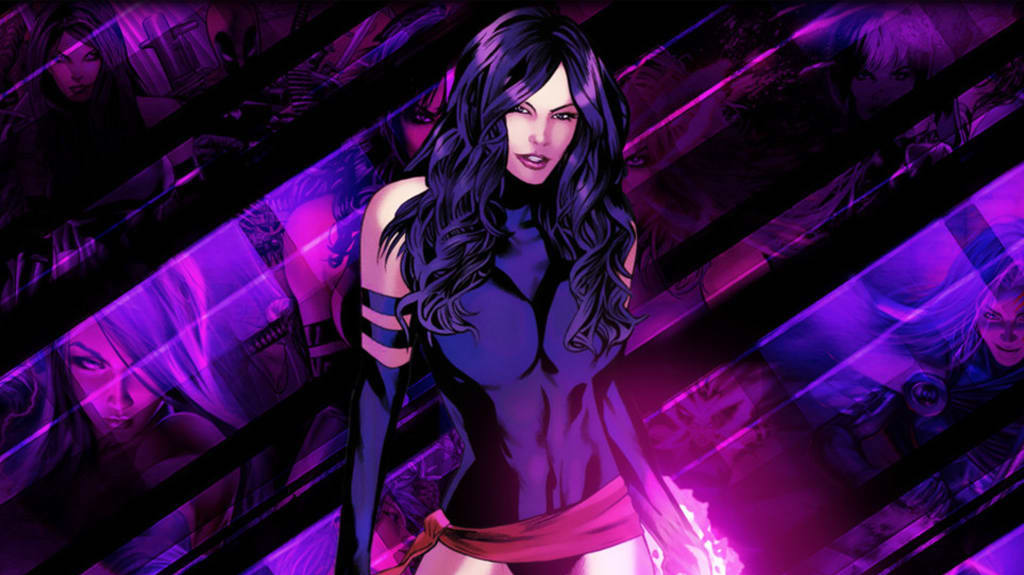
Marvel and some of their characters have a reputation built on controversy. I mean, some characters are chalked full of stereotypes and racially charged views while others have a history littered with religious undertones.
As a reader of comics and someone who studies the history of the medium, I’d be lying if I said that I didn’t like it. Although controversy and stereotypes are a breeding ground for bad publicity, they also provide an outlet for writers and creators to address problems that need to be addressed. As an example, both Magneto and Kitty Pryde are easily identified mainstays in the X-Men Universe with Jewish backgrounds who have suffered immensely. Through creative storytelling, Marvel has found a way to discuss discrimination, racism, and more.
The problem with using comic books as a way to address a bigger problem is that if done incorrectly the message can be misconstrued, misinterpreted or misunderstood. In defense, as a company, Marvel has done a really good job of getting real-world messages across. But they aren’t perfect. Just look at the history of Psylocke.
Psylocke is an invaluable member of both the X-Men and when the time is needed, X-Force. She’s as deadly with a sword as she is with her telekinetic and telepathic powers. She’s easily picked out of a crowd (mostly due to her costume or lack thereof) and is one of the most powerful mutants in existence. Throughout the history of Psylocke, she has appeared in multiple forms of media and has even been in two different X-Men movies (Apocalypse and The Last Stand). Psylocke is as popular as any character and will probably remain that way until Marvel decides to stop writing stories with her.
Depending on where in the world you live, the history of Psylocke either begins with Captain Britain #8 back in December of 1976 or New Mutants Annual #2 in October of 1986. This is because she actually made her debut under the Marvel UK brand 10 years before the Marvel America brand. She was created by comic book legends Chris Claremont and Herb Trempe.
In her first appearance, Psylocke (Elizabeth “Betsy” Braddock) wasn’t meant to be anything more than a supporting character to her brother Brian Braddock. In fact, she was a charter pilot turned professional model who had some level of psychic abilities. Furthermore, she was a Caucasian woman with blonde hair and blue eyes…an important detail that we will touch on shortly.
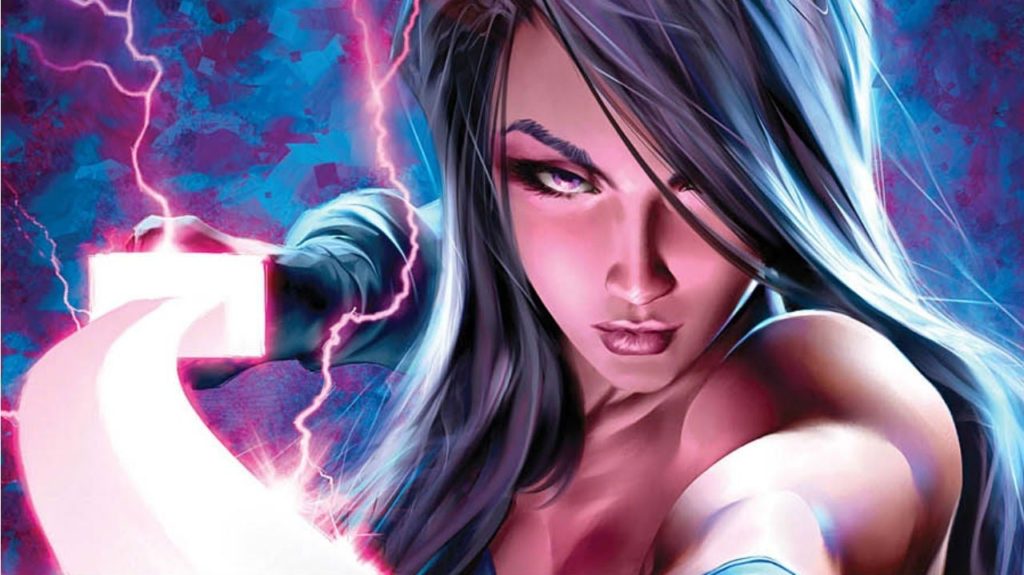
Psylocke is the sister (twin) of Brian Braddock (Captain Britain) and Jamie Braddock. Her becoming a pilot happened around the same time her parents were murdered by the computer Mastermind. While important, the death of her parents isn’t something that needs to be talked about. This isn’t because I want to skip over it but more so because it didn’t do a whole lot for the character.
Many things happened to her over the next few years, however, none are as important as her fight with the villainous Slaymaster. Her fight with Slaymaster left her without the use of her eyes. Rather than seeking proper medical help, she decided that her emerging psychic abilities could guide her through life. As such, she and her fiancé Gabriel left for Switzerland where she could recover.
Her recovery was cut short when Mojo (a spineless one from the Mojoverse) kidnapped her and brought her to his world. For reference, Mojo is the ruler of the Mojoverse and the Mojoverse is a dimension where the beings are devoted to watching his gladiator-inspired television events. Like Ancient Rome, Mojo doesn’t ask his participants to participate in his events. Instead, his participants are slaves and forced into battle.
Realizing that his prized possession wouldn’t be able to help him without the use of her eyes, he promptly gave her a set of cybernetic eyes. This meant that Psylocke could once again see. It should be noted that around this time, he also gave her the name Psylocke and forced her to star in his new show “Wildways”.
Even though she would’ve been Mojo’s star attraction for years, this wasn’t meant to be. Eventually, her brother Brian and the X-Men found their way to the Mojoverse, rescued her, and brought her to the X-Mansion for recovery. Once recovered, Betsy did a lot to impress the X-Men, specifically Wolverine. With his nomination, she was asked to join the team…so she did.
If this were the end of Psylocke’s story, it probably wouldn’t be too confusing. I mean, by comic book standards, it’s pretty easy to follow. This, however, isn’t the end but instead only the beginning of her very messy story.
After she joined the X-Men, the team found themselves in a battle with the Freedom Fighters and the Adversary. In a nationally televised battle, the X-Men sacrificed themselves to allow fellow member Forge a chance to stop and beat the Adversary. At the same time, Roma (see Captain Britain) brought the X-Men back to life and given Psylocke the Siege Perilous.
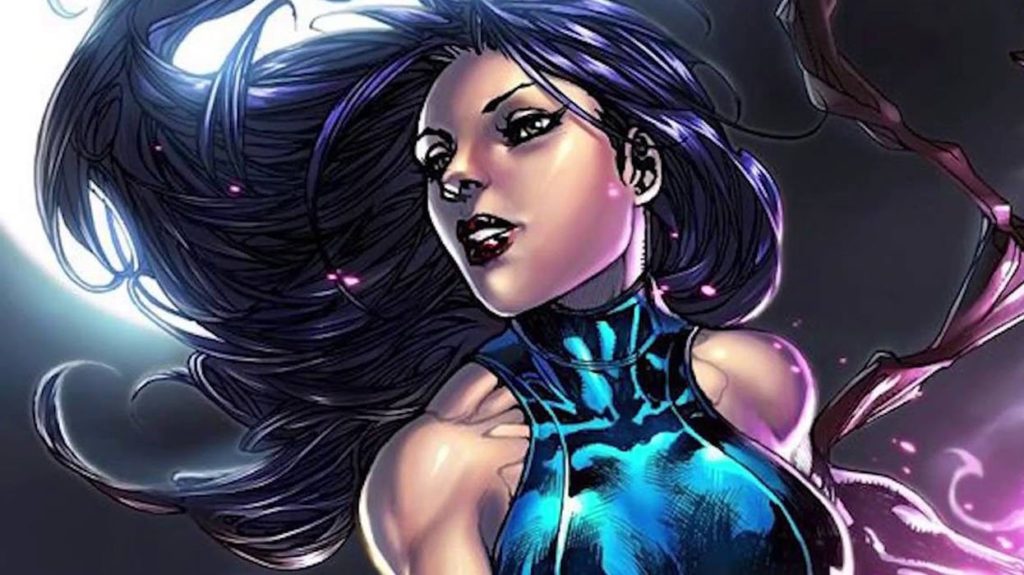
The Siege Perilous, for reference, allows its user to begin a new life.
Shortly after the encounter with the Freedom Fighters and the Adversary, Betsy had a premonition that the team was destined to once again die. To prevent this from coming true, she used the Siege Perilous and sent the team through it…thus beginning a new life.
Now through the Siege Perilous, Betsy reappeared as an amnesiac and on an island close to mainland China. While wandering China, she was found by the criminal organization, the Hand and brought before their leader, Matsu’o Tsurayaba. Sensing an opportunity to bring his lover (Kwannon) back from the brink of death, he had Sprial (not too important of a character) swap the mind and body of the two. That is, Betsy’s mind was placed in the body of Kwannon and vice versa. This act, rather than achieving the desired outcome, blended the minds and memories of the two.
And sadly, this is where Psylocke began to run into problems as a character. Rather than being a blonde Caucasian, she had been transformed into a stereotypical Asian Ninja.
Things didn’t get any easier for Psylocke. Once back at the X-Mansion and trying to acclimate back into her former life, her mind-swapped alternate, Kwannon, arrived proclaiming to be the real Elizabeth Braddock. Not able to figure out which of the two was real and which wasn’t, the X-Men allowed both to stay. This, of course, caused great tension on the team. Luckily, (kind of) Kwannon, now going by Ravanche, developed the Legacy Virus (a virus that kills hundreds of mutants). Unwilling to suffer, Ravanche asked that Matsu’o Tsurayaba kill her. Her death allowed Elizabeth Braddock to regain all of her memories, full power, and everything else that had been separated into two.
As with most moments in Psylocke’s life, the next many were anything but peaceful.
Shortly after regaining her identity, she was severely injured by Sabretooth. As a result, Dr. Strange, Angel, Gomurr the Ancient, and Wolverine left to gather a mystical liquid that could heal her. The liquid came from the Crimson Dawn Dimension and after taking it, Psylocke gained new powers. Of these new powers, none were as notable as her ability to create a shadow form of herself. This ability proved to be important to her as with it, she was able to defeat and hold the Shadow King (an extremely powerful telepath) from causing irreversible damage on the Shadow Plane.
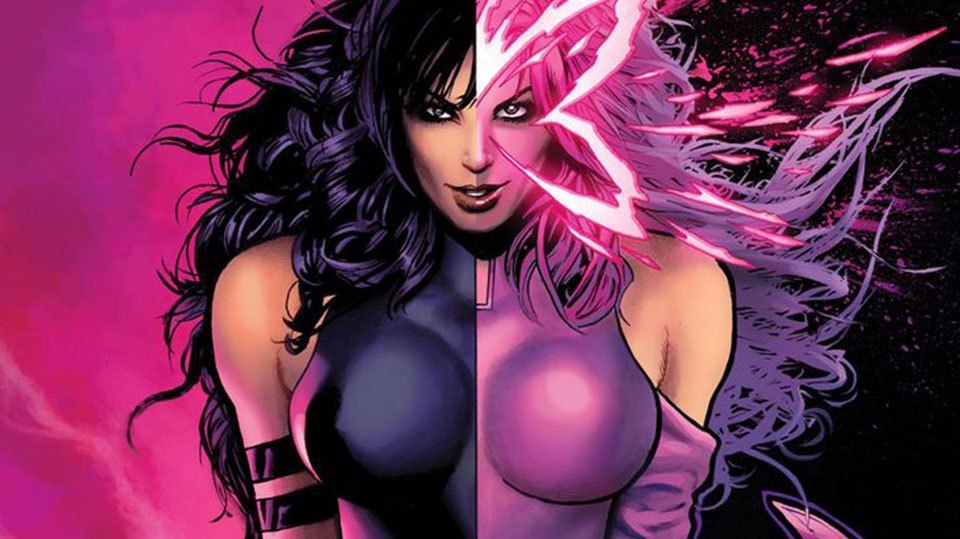
Over time, Psylocke was called upon for many of the X-Men’s greatest battles. In one such instance, she and Jean Grey inadvertently swapped their powers. As a result of the power swap, Psylocke instantly became one of the most powerful mutants in Marvel Comics. In fact, this swap caused her to be classified as an Omega Level Mutant.
Psylocke, like many other comic book characters, is a troubling character. If taken to her beginnings, Psylocke is a Caucasian character who comes from privilege. She was born into Aristocracy, raised only knowing high class, and barely has a clue as to what it means to have nothing. I hate to say it (because she’s one of my favorites) but this is where she fails as a relatable character. She’s not Spider-Man who is a teenager with teenage problems. Nor is she Kitty Pryde who has been the subject of hate and discrimination. She’s Elizabeth Braddock, a high0-class English woman. I can’t speak for you but I don’t know what it feels like to come from Aristocracy, nor do I know what it feels like to come from the high class. I’m a middle-aged guy who lives in the suburbs with his wife and two young children.
I suppose, however, I shouldn’t talk poorly about her heritage. After all, comic book characters aren’t always supposed to be relatable. Sure, it helps the audience connect with them but it isn’t necessary. Think Wolverine, Winter Soldier, Captain Marvel, the Incredible Hulk, and Thor.
What do you think? If relatability doesn’t matter, what is it that makes the history of Psylocke so troubling?
After giving it some thought, here’s what I’ve come up with.
This history of Psylocke is a history that many readers want to reset. Psylocke is a Caucasian woman living in the body of a Japanese Warrior.
That’s a 1990s problem.
The 1990s saw Marvel Comics and more specifically the X-Men explode in popularity. They were everywhere.
- Television
- Toys
- Lunchboxes
- Books
- Clothes
- Costumes
- Candy bars
- Video games
- Board games
Wanting to milk the brand for everything they could (understandably so), Marvel tasked its team with creating new characters…some of whom came from different backgrounds. From this, fan-favorite characters like Gambit, Cable, Jubilee, Deadpool, Bishop, Domino, and a new version of Psylocke were born. In varying degrees of success, the result of this was twofold. First, these new characters sold a ton of merchandise and second, they filled a glaring diversity hole. This should’ve been a slam dunk for the company, but it wasn’t. Unlike the others who were new characters, Psylocke wasn’t. Remember, she was a Caucasian character living in a Japanese body. And this was a problem.
Think about it.
If Marvel was able to create 100s of new characters, rather than use a Caucasian character as a template, why didn’t they just create a Japanese character? Why didn’t they leave Elizabeth Braddock alone and create an entirely new character? If you’re thinking that they did with Kwannon/Revanche, you’d be right…but only partially right. Remember, Marvel had their Legacy Virus kill her the moment she caused problems for Betsy…which begs a new question.
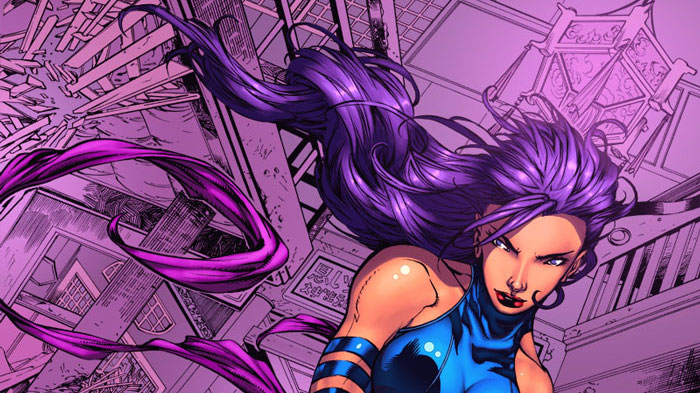
Why did they choose Betsy over Kwannon? I mean, for all intents and purposes, the two possessed identical powers, were equally skilled fighters and shared memories. So why did Marvel kill Kwannon and not Psylocke? If the company desired diversity (which it seemed they did), why kill the more diverse of the two characters?
I’m not going to sit here and claim to know the answer. I am, however, willing to speculate that it wasn’t because Betsy Braddock was more popular.
I ask you, did Marvel do themselves and their readers a disservice by keeping Betsy alive? With so many other characters marred in controversy was adding another to the mix intelligent?
Before you say it, I know that the times now are very different than how they were 30 years ago. The way things happened and the fallout from those things aren’t viewed under the same light as they are now. BUT if the intent was to diversify, it doesn’t take a genius to figure out that keeping the Caucasian woman alive while killing the Asian woman, isn’t the way to achieve it.
This thought makes me wonder why Marvel didn’t separate the two, return them to normal, and keep both of them. With so many character creations happening in the 1990s, it wouldn’t have been hard to do this. History has shown that changing characters for the better isn’t hard to do.
Remember these?
- Bucky transforms into the Winter Soldier
- Angel becomes Archangel
- Jason Todd turn into the vigilante Red Hood
- Robin steps out of his mentor’s shadow and becomes Nightwing
Why don’t the writers change the history of Psylocke in such a way that allows both characters to remain alive? Better yet, why not change the history of Psylocke so she’s a Caucasian woman and bring back Kwannon from the dead? Doing this easily achieves diversity, doesn’t it?
I’ll leave this right there.
As I do with all of these in-depth articles, I’m going to leave you with this. Comic books are the gateway to understanding the world just a little bit better. So, may they be around forever.
Cheers,
Joel

